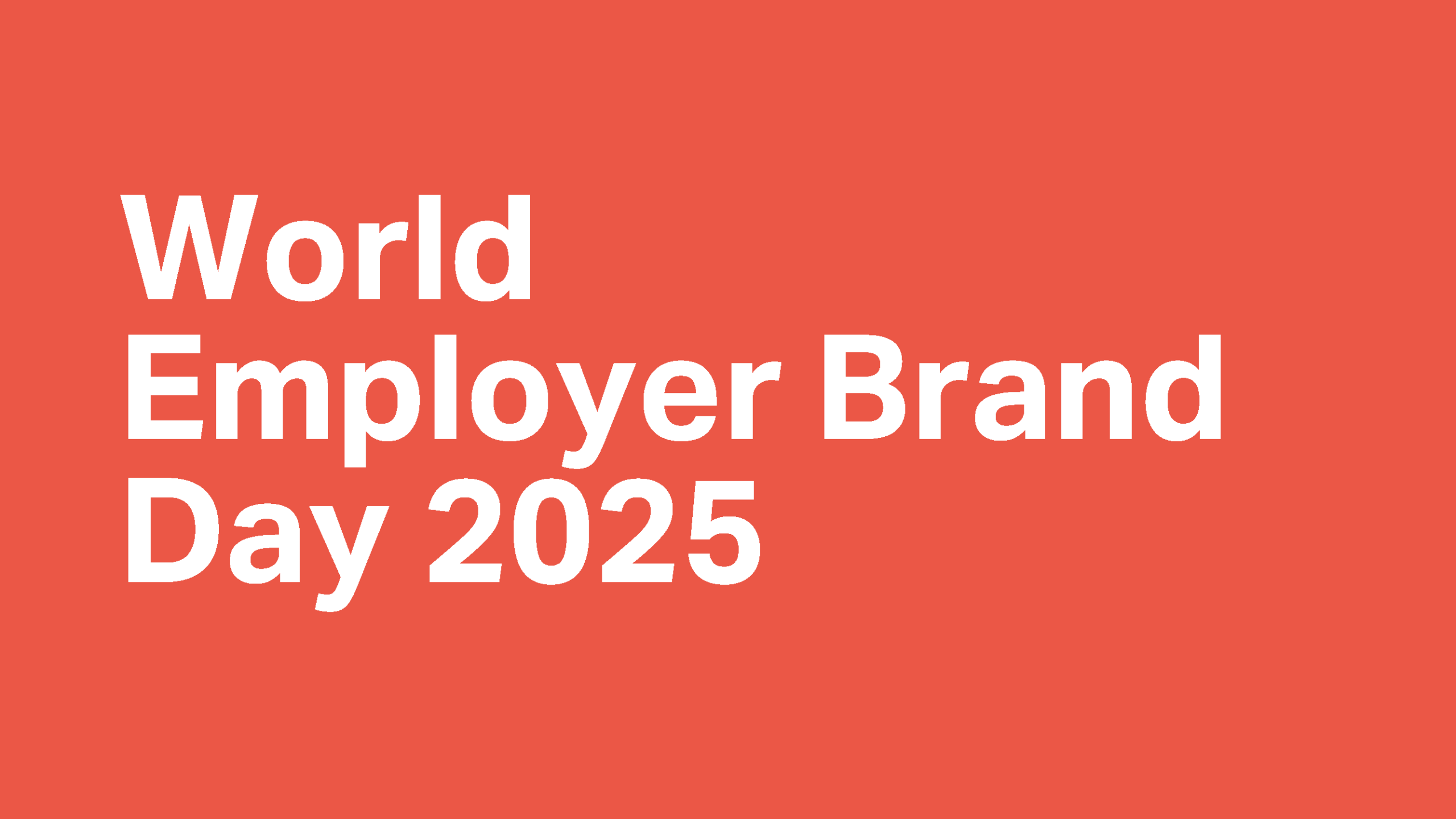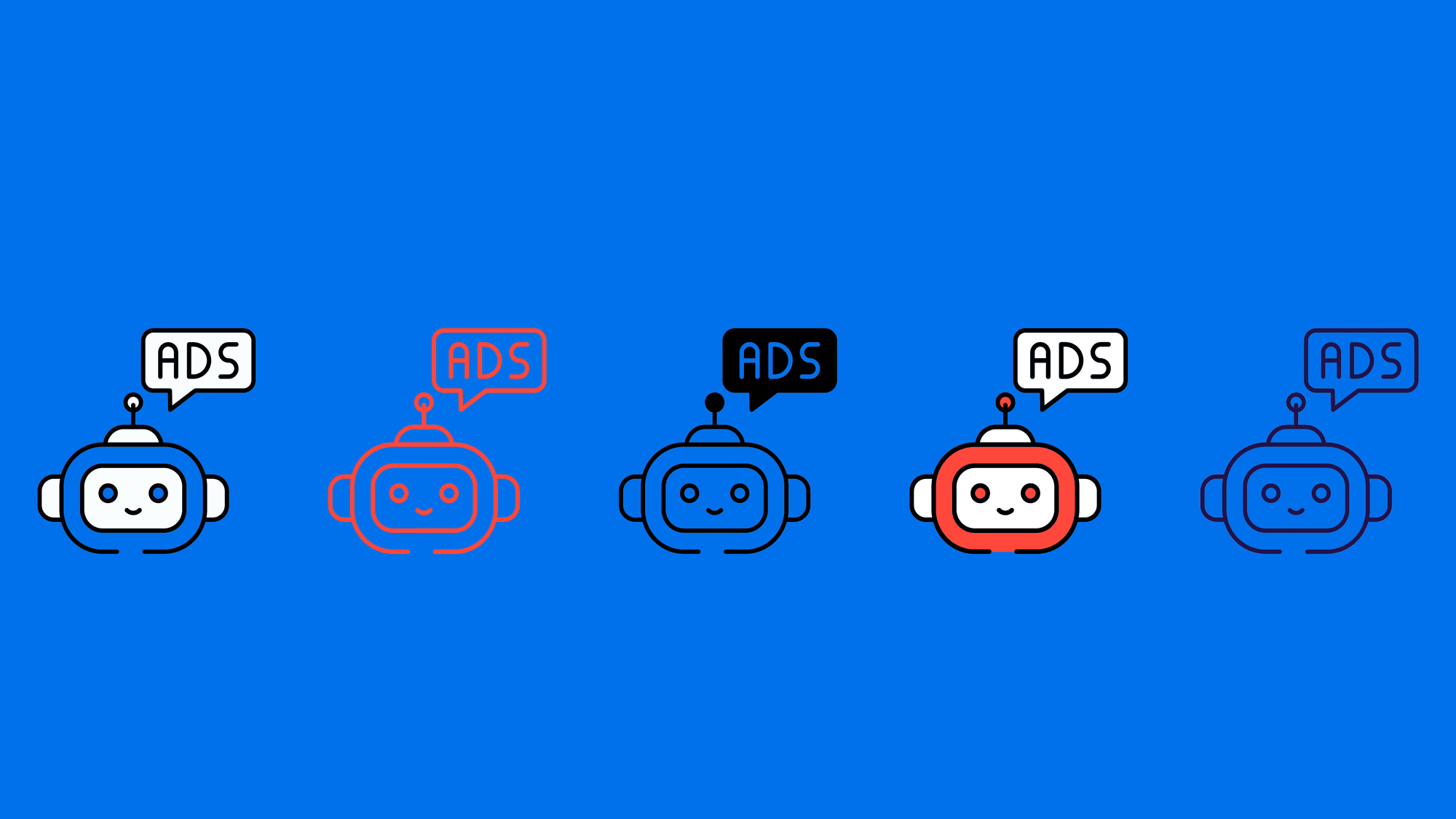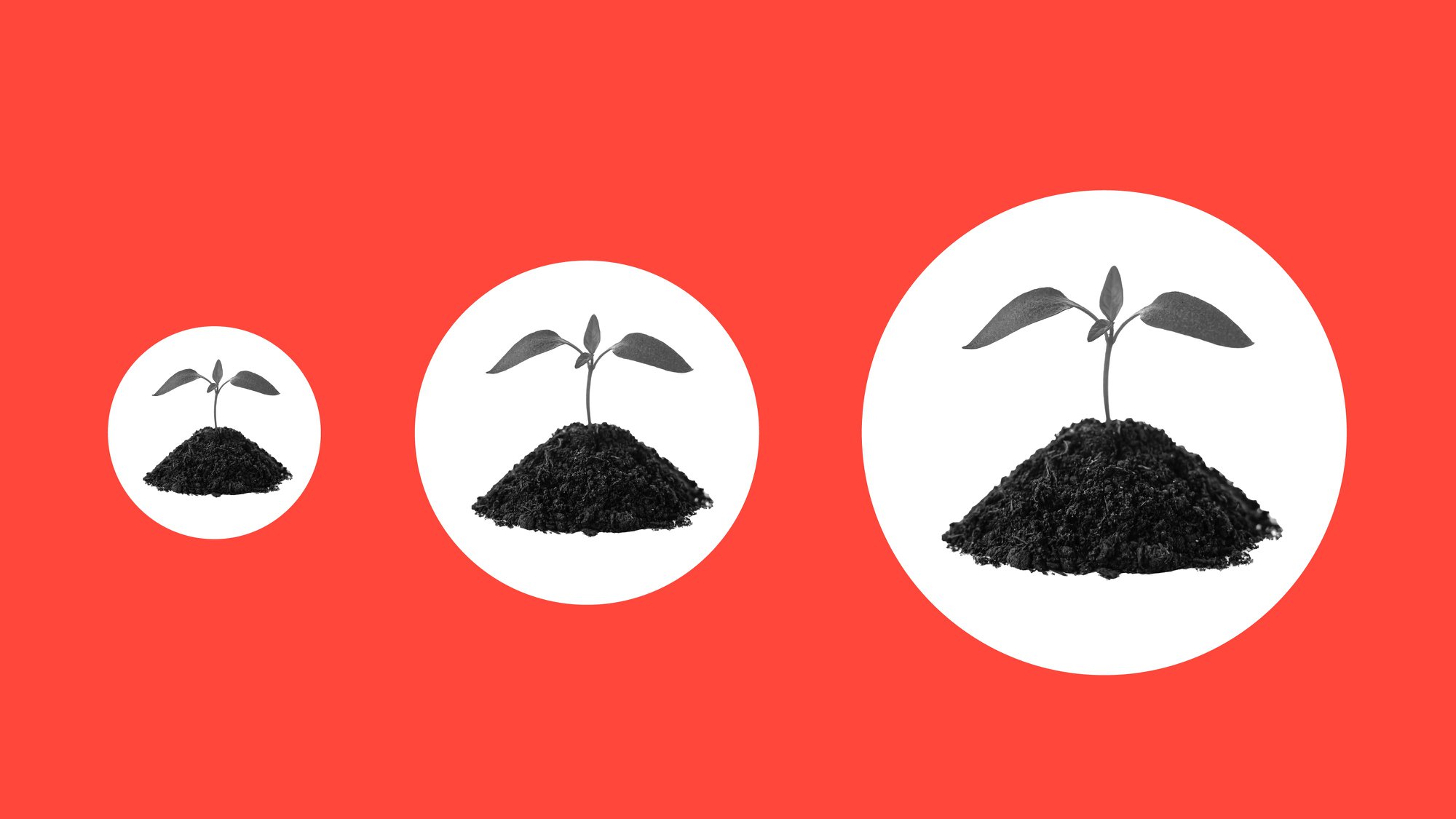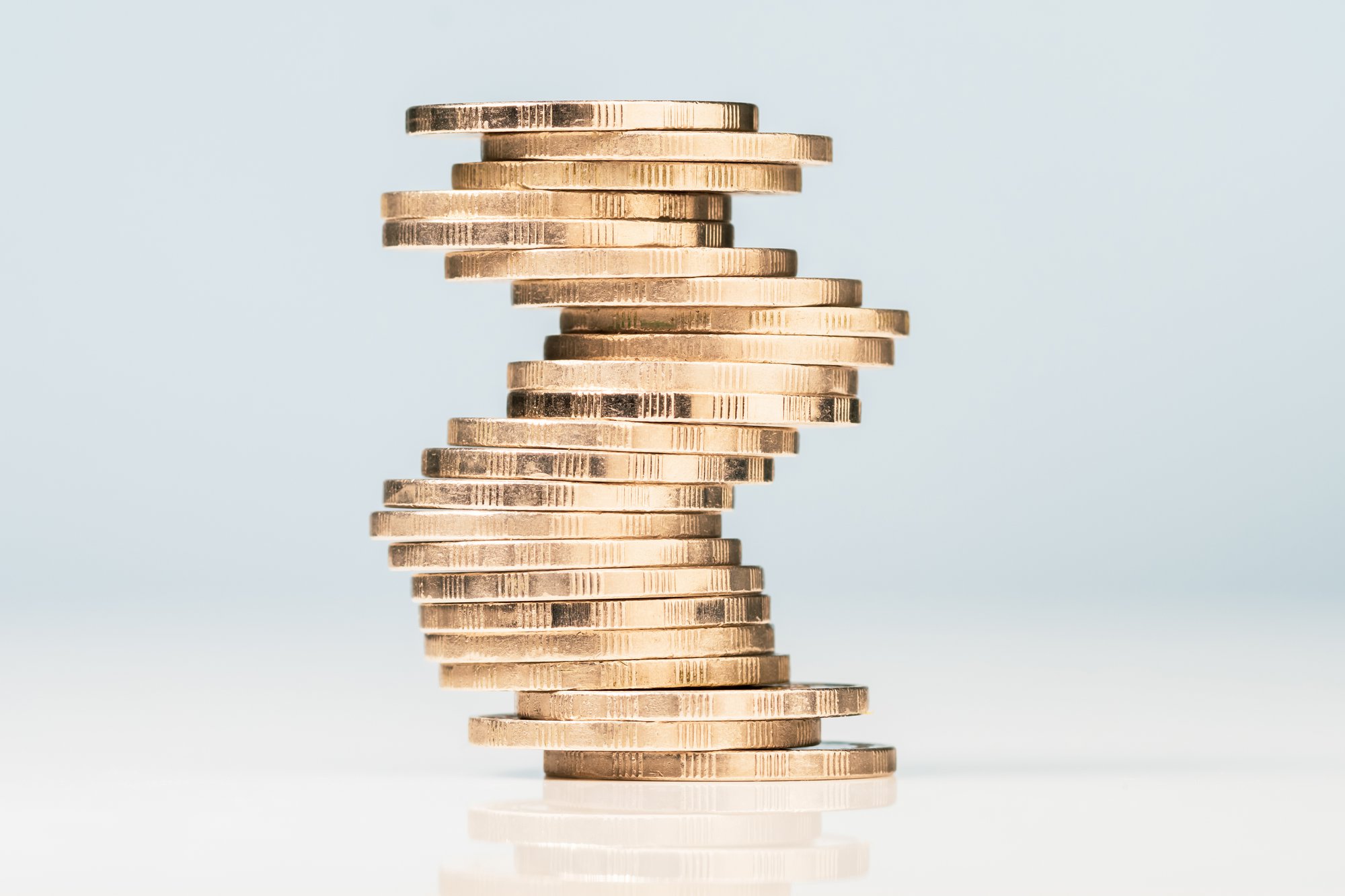How to Get a Job in Behavioural Science and Brand
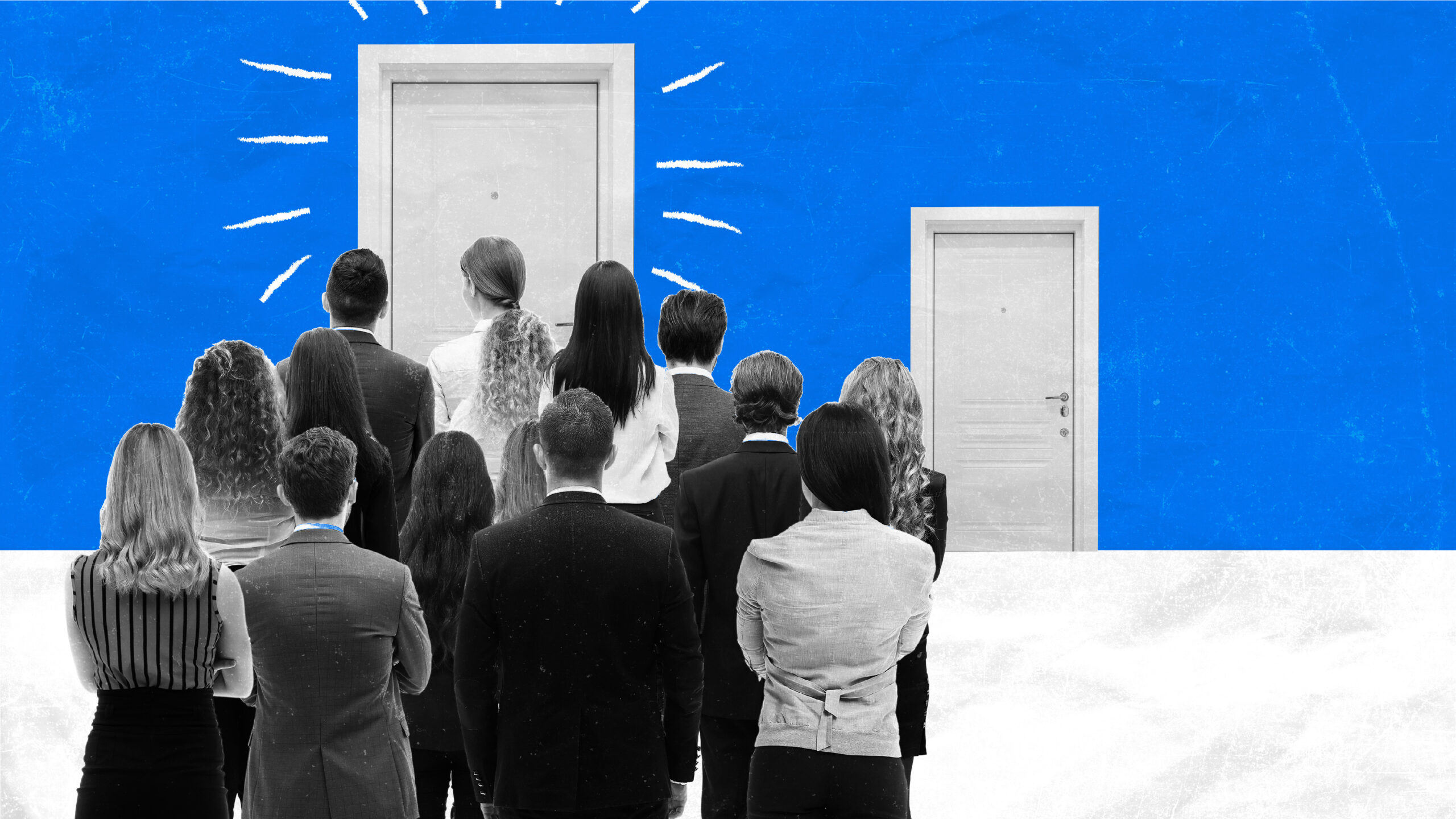
Now might be the best time to get a job in behavioural science.
Why?
Well, it’s no understatement to say that in today’s age behavioural science sits alongside generative AI as one of the most influential tools when it comes to customer and employee marketing and communications.
If behavioural science is your calling, agencies and consultancies need you.
In preparing for any BeSci job interview or when approaching an agency or consultancy, the most important thing you can do is to show how relevant your skills are. Simply talking about the theory is not good enough.
Where possible you’ll want to emphasise your background in behavioural science and how it applies to marketing and branding. You’ll need to showcase your ability in combining behavioural science principles with campaign outcomes. You’ll need to show how psychological insights are applied to brand challenges and talk about how scientific and psychological principles are used in campaign development.
But if you don’t have that experience, there are plenty of recent examples.
Take Inspiration from Existing Campaigns
The Field Studies Council
The Field Studies Council is an educational charity based in the UK, offering opportunities for people to learn about and engage with the outdoors. They saw a 4-fold increase in measurable engagement with their Facebook communications. This was achieved through A/B testing communication hypotheses with audiences who engaged with nature in different ways.
Swapfiets
Swapfiets, a Dutch bicycle leasing company, leveraged the concept of social proof in their marketing strategy. They used a distinctive blue front tyre on their bicycles, making them immediately recognisable. This visual cue tapped into the simple human truth that people tend to look to the actions of others when making decisions. As more people saw the blue-tyre cycling around, it created the perception that bike leasing was popular and normal, encouraging others to follow suit – all the while, using the blue tyred option.

Durex
Last year, Durex ran a ‘Stroller/Buggy’ student advertisement. The condom maker anchored their campaign to cost. They compared the cost of condoms to the much higher cost of raising a child. This reframing got consumers to consider their product differently. By anchoring the price of condoms against the financial burden of parenthood, Durex effectively positioned their product as a bargain rather than an expense.
Gymshark
Gymshark’s “Change Your Life” campaign was based on the psychological principle that it takes 66 days to form a habit, and on research conducted by Dr. Phillippa Lally and colleagues at University College London in 2009. At the heart of the research sat ‘automaticity’, a crucial component of habit formation. This is where actions start to be performed without conscious thought. Participants were encouraged to set fitness goals starting January 1st and document their progress over 66 days. They were then encouraged to share their fitness journeys on social media using the hashtag #gymshark66. It was this competition that drove ‘automaticity’ as users sought to create authentic engagement and build community. The campaign gained 45.5 million views on TikTok.
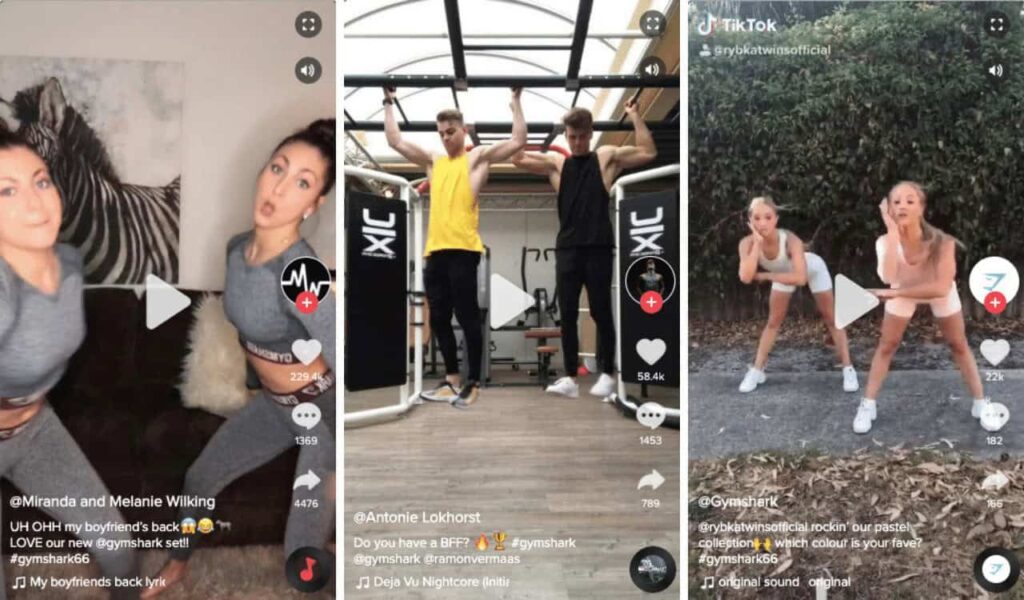
It’s these tangible examples you need to bring to life in any interview, because consultancies, agencies, and the increasing number of companies employing their own behavioural scientists want to see applied outcomes.
The power of 6
To succeed in a job interview for a behavioural scientist role in a brand, communications, or marketing agency, you need to be ready to demonstrate six strengths:
- Curiosity
- Ethics
- Analysis
- Applications
- Trends
- Communication
Curiosity and the desire to improve
Curiosity drives the quest for understanding human behaviour. A curious mind is always asking questions, seeking patterns, and exploring new theories. This relentless pursuit of knowledge allows consultancies and agencies to stay ahead of trends and innovate in their field. Be ready to show how:
- Curiosity leads to deeper insights, more refined analyses, and ultimately, more impactful outcomes.
- Demonstrate how, in a rapidly evolving field like behavioural science, curiosity ensures that a company can remain adaptable and responsive to new information and to macro changes that affect the human psyche.
Put integrity and ethics centre stage
Ethics are a differentiator. We must be clear on how consumer data is used responsibly and transparently. Ethical practices foster trust and protect individuals from manipulation, promoting integrity in research and application. Be ready to talk about:
- How commitment to ethics enables sustainable, respectful engagement with consumers and safeguards their well-being.
- How you have protected data in the past.
- How you have used data responsibly, robustly, and accurately to guide a point of view. This is important, because what you suggest can result in customers and employees changing their behaviour and actions.
Be ready to talk about analysis
Highlight your proficiency in analytics and data interpretation. Prepare to share:
- How you (or others) have used analytics to measure effectiveness.
- How behavioural insight has helped to optimise content based on experiments and behavioural data.
It is all about application
Businesses thrive on results. Yes, theory is important. Yes, models are fascinating. But, you must get down to results fast. Use the STAR (Situation, Task, Action, Result) method to structure your answers to behavioural questions. And be ready with examples that demonstrate:
- Creativity in applying behavioural science concepts like COM-B and EAST to real life campaigns or products. If you have examples that show how price point shifts or language changes have resulted in an increase in sales, then put them out there early on.
- Adaptability in facing marketing challenges. Show how behavioural science has anticipated or reacted to political, economic, social and environmental changes.
Demonstrate knowledge of changing industry trends
Show familiarity with current trends in behavioural science applications to marketing. Be prepared to discuss:
- How you integrate behavioural science insights into marketing strategies.
- Your understanding of neurodesign and its impact on consumer and employee behaviour.
- Recent developments in applying behavioural science to brand marketing and internal communications.
Communication is key
To be an effective team member you will need to be able to turn your data, thoughts and theories into clearly articulated points. And, you need to be prepared to demonstrate certain soft skills that will be essential for the role:
- Communication – the ability to explain complex behavioural concepts to non-experts. Don’t be afraid to start with the conclusion – what we at The Team call ‘the simple human truth’ and then pull back from that to then explore the detail.
- Collaboration – show that you can work with diverse teams (strategists, designers, marketers, researchers)
- Be ready to lead – be hungry to take on challenges. Often you’ll be the person involved at the start of the project, so you need to be ready to pick up a project and lead with recommendations on the correct course of action.
And lastly, ask your own specific questions.
Don’t be afraid to ask:
- “Describe a time when your business applied behavioural science to solve a marketing challenge.”
- “How do you stay up to date on the latest behavioural science research that’s relevant to your customers, employees and marketing?”
- “What do you want behavioural science to bring to your design and communications teams?”
Because, remember, point one. We love curious minds.

